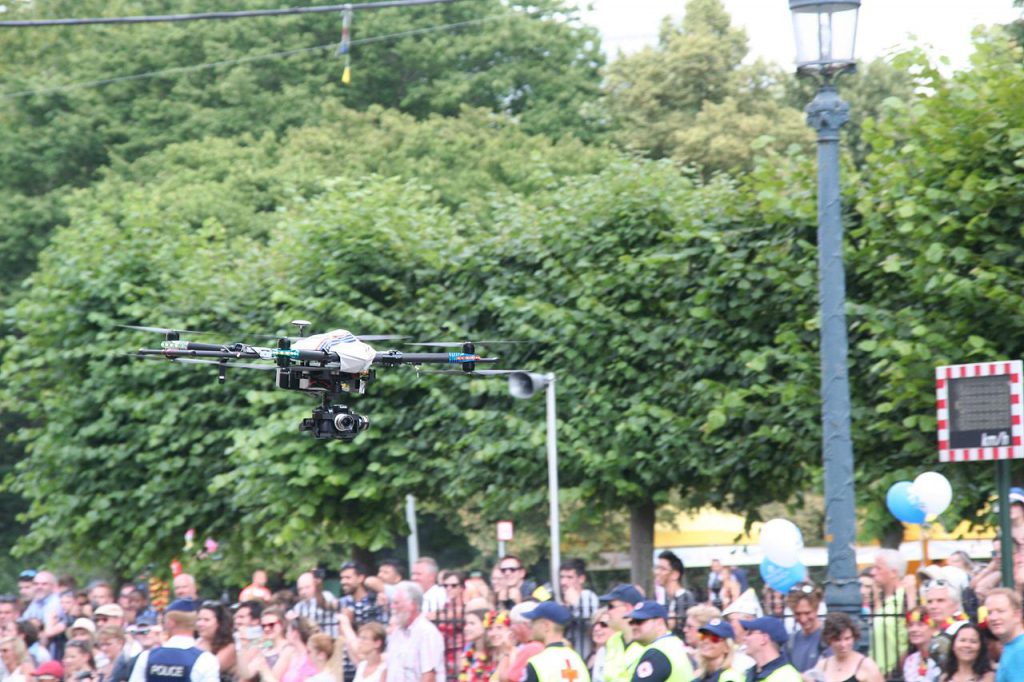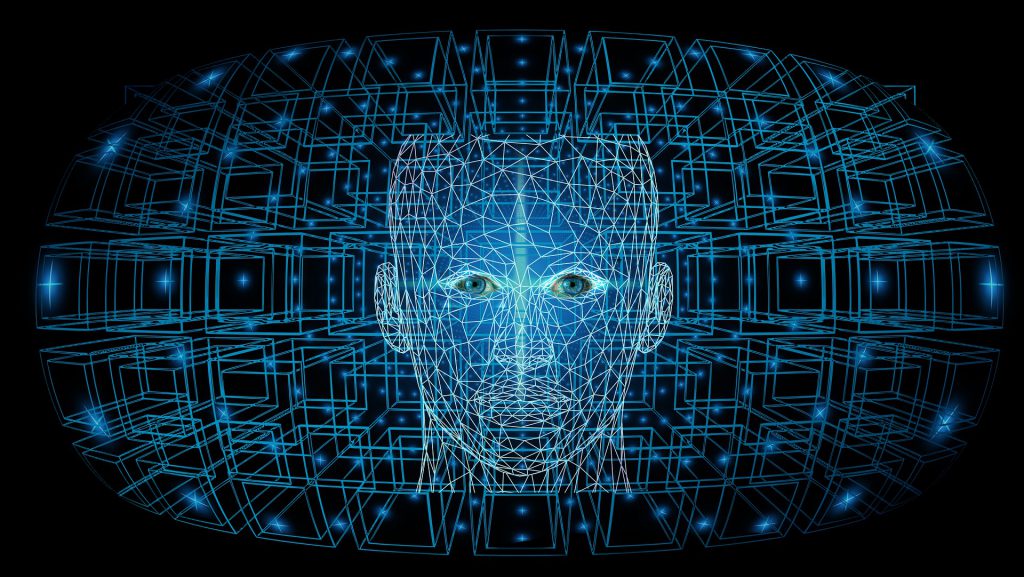From the merely inconvenient frustrations such as foot traffic congestion to the threat of terrorist attacks, crowds have the potential to cause or attract problems.
Whilst law enforcement agencies use commonly used technology such as body-worn cameras to document crowds and police actions, they now also depend heavily on new technologies such as the ones listed below.
The Innovative App

Members of the public are a valuable tool in security and law enforcement operations, particularly in crowded places where officers cannot be everywhere at once. In such situations, even surveillance systems may miss something that a member of the public can notice as suspicious.
A new app, called The Krowd, will soon be used in Central London, UK, after being awarded nearly £250,000 for its development by the UK Home Office. The social engagement app allows people in crowded places to speak directly and send images to on-site security teams, allowing visitors to report suspicious activity or potential threats in real-time using their phones.
Transforming the crowd into a ‘virtual sensor’ also has a strong deterrent effect on terrorists. Instead of a terrorist focusing on finding surveillance camera blackspots and security guard patrol gaps, they will need to worry that anyone with a smartphone using the Krowd could be reporting their suspicions.
Drones: An Extra Pair Of Eyes

Drones, also known as unmanned aerial vehicles (UAVs) or unmanned aircraft systems (UAS), are increasingly being used in law enforcement for crowd monitoring.
The devices provide a wider-field view of mass gatherings and transmit real-time data to the crowd control team. They can zoom in on an area of interest and, in turn, provide the police with vital information about what is happening on the ground.
During emergencies, such information can help ground personnel make critical decisions due to the in-depth situational awareness that they can possess when arriving on-scene.
Police around the world are now adopting this technology, with one example being the use of drones at major Melbourne events and high-risk locations.
Drones that detect unusual behavior, such as a music festival attendee leaving a backpack on the ground, will report findings back to officers to investigate the potential threat.
Assistant Commissioner Ross Guenther told ABC Radio Melbourne the aim of the drones is not to create a “surveillance state”, but to help police prevent attacks occurring. He, rather interestingly added, “”The in-built capabilities that you can purchase [for drones] include biometric features within cameras there that look for patterns of behaviour for example, and this is used in airport technologies already established around the world.”
In the US, tens of thousands of people go to Times Square to celebrate the New Year. According to The Associated Press, police officers used a ‘quadcopter’ to keep an eye on partygoers and help them respond to trouble early; the first time a drone has been used this way during the festivities.
A drone roaming freely in the dark could be dangerous, so the New York Police Department’s craft was tethered safely to a building and never flown directly over the crowd.
Artificial Intelligence & Facial Recognition

Police departments now use AI-enhanced image and video technology to help with crowd control and surveillance.
Artificial Intelligence was recently used in January at Kumbh Mela, the largest religious gathering on earth. The Integrated Command and Control Centre of the police and security personnel were able to see the visuals of crowd movement and assess the crowd size (as well as suspicious behavior) using 1,000 CCTV cameras.
Uttar Pradesh, Additional Chief Secretary, detailed that the cameras will be used to monitor various movements to control how many people can gather per square meter: Security can raise a soft alert if the crowd density exceeds 3 people and a stronger alert if it exceeds five.
Japanese Police have also been testing an artificial intelligence system that they hope can be used at the 2020 Olympic Games in Tokyo.
The first tests of the AI system were carried out during the annual Sumida River Fireworks Festival in the Japanese capital. Police cameras and monitors recorded the number of people attending the festival, the patterns they moved and used this to estimate where they would go next.
They are also considering using it to prevent terrorism at the Games, by detecting suspicious individuals moving differently from other people and suspicious objects left abandoned.
Facial recognition is another widespread technology application that is assisting in the identification of criminals in public spaces and crowds. For example, Chinese officers succeeded in arresting a person from a sea of people inside a concert, which without facial recognition would have been nearly impossible to spot.
Police said the 31-year-old was shocked when he was caught. Mr Ao was identified by cameras at the concert’s ticket entrance and apprehended by the police after he had sat down with other concert-goers.

